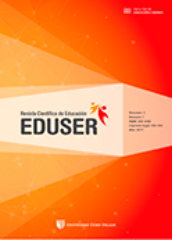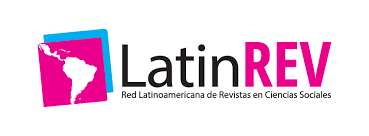Teaching suitability in the teaching and learning processes of mathematics in Alternative Basic Education
DOI:
https://doi.org/10.18050/eduser.v6i3.2406Keywords:
Learning, Teaching, Didactic suitability, MathAbstract
In this article, we present the results of an investigation and its purpose is to determine the influence of didactic suitability in the teaching and learning processes of mathematics in students of the advanced cycle of the Alternative Basic Education Center 1135 Santa Clara, Vitarte. The approach was mixed (quantitative-mixed: WHAT-which). The type was mixed simultaneously. The design was mixed integration, the specific design was concurrent triangulation (DITRIAC) (for the QUAN method: quasi-experimental and for the QUAL method: ethnographic case studies). The population constituted 350 students and the sample 80, distributed in 4 classrooms (control group: section A and experimental groups: sections B, C and D), the survey was used as a technique and as a pre and post test instrument. In the CUAN method. The descriptive results in the post test indicate that there is an average difference of 5 points in favor of the GE with respect to the GC. In the inferential analysis carried out using the Kruskal-Wallis and Jonckeere-Terpstra H test, it was less than 0.05, therefore, the application of didactic suitability significantly influenced the teaching and learning processes of mathematics. In the method which, with the application of the CIDs: epistemic, cognitive, affective, interactional, mediational and ecological, the analytical results from the analysis of the thematic content of the books, student learning and teaching of mathematics teachers were significant.
Additional Files
Published
How to Cite
Issue
Section
License

This work is licensed under a Creative Commons Attribution-NonCommercial-NoDerivatives 4.0 International License.













